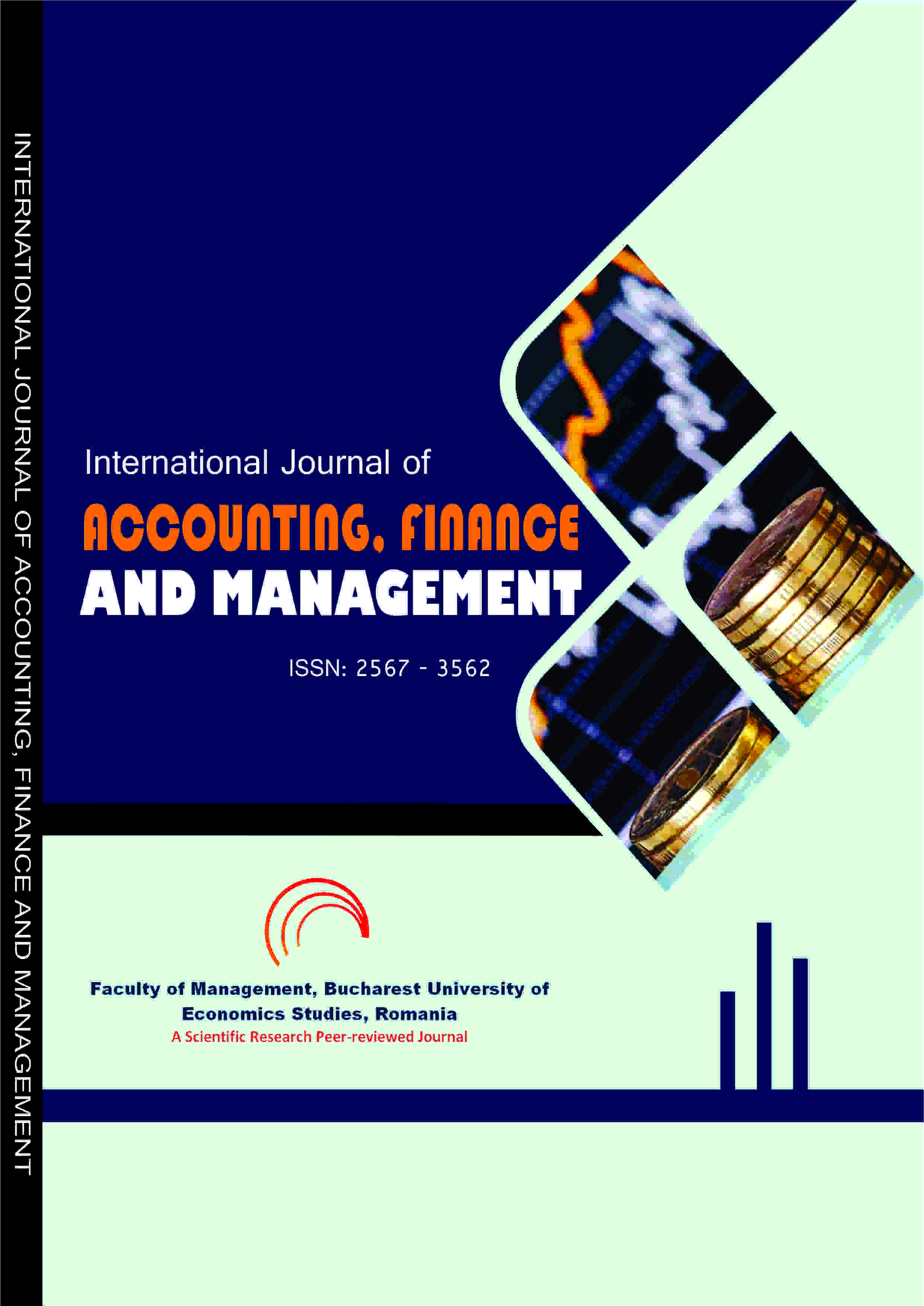INTERNATIONAL JOURNAL OF ACCOUNTING, FINANCE AND MANAGEMENT (IJAFM)
THE ROLE OF LEADERSHIP STYLE AND WORK DISCIPLINE ON EMPLOYEE PERFORMANCE - STUDY AT CITY CINEMA MALL PAMEKASAN REGENCY, INDONESIA
E-ISSN: 5669-4522
P-ISSN: 2567-3562
DOI: https://iigdpublishers.com/journals/183
The purpose of this research is to determine the simultaneous effect of leadership style and work discipline on employee performance and to determine the dominant influence between leadership and work discipline on employee performance. The objects of this study were 32 employees of Kota Cinema Mall Pamekasan. While the data was taken based on distributing questionnaires, the research model used was multiple linear regressions. Based on the research results from the analysis of Leadership Style (X1) and Work Discipline (X2) on Employee Performance (Y), the researcher can conclude that the coefficient of determination R square is 0.718 or 71.8% which indicates that the increase in employee performance is influenced by Style Leadership (X1) and Work Discipline (X2), while the remaining (100% -71.8% = 28.2%) is influenced by other factors not examined in this study. The results of calculations using the F test obtained f count of 5.310 and when consulted with f tables of 2.95, it shows that f count is greater than f table. The results of calculations using the t test obtained t count for the Leadership Style variable (X1) of 2.451 and can be consulted with t table of 1.69389, obtained t count > t table and significant t count < t table (0.008 <0.05). So it can be concluded that the variable Leadership Style (X1) has a partial and significant effect on the Employee Performance variable (Y). For the Work Discipline variable (X2), it is known that the t value is 2.985 and if consulted with a t table it is 1.69389, it is obtained t count > t table and a significant level of t count <t table (0.006 <0.05). So it can be concluded that the variable Work Discipline (X2) has a partial and significant effect on the Employee Performance variable (Y) which can be proven. From the results of calculations using the t test it turns out that of the two variables, the Work Discipline variable (X2) has the greatest t calculated value, namely 2,985.
Adriani Kusuma & Gazali Zef Rizal
Armstrong, M. (2006). A Handbook of Human Resource Management Practice. 10th Edition. London and Philadelphia: Koagen Page
Bernardin, H. J., & Russel, J. (2003). Human resource management : An experimental approach. (International edition). Singapore : Mc. Graw-Hill.
Hersona, S., & Sidharta, I. (2017). Influence Of Leadership Function, Motivation And Work Discipline On Employees’ Performance. (Journal of Applied Management (JAM), Vol. 15, hal. 528-537.
Kelimeda., Hairudinor., Nur., & Juhriyansyah. (2018). The Effect Of Motivation, Job Satisfaction AndJob Discipline Toward Employee Performance Of PT. Buma Perindahindo At Lng Tangguh Site,Teluk Bintuni Regency, West Papua, Indonesia. (European Journal of Human Resource Management Studies), Vol. 2. Issue-1
Maslow, A. H. (2010). Motivation and Personality. Jakarta: Rajawali
